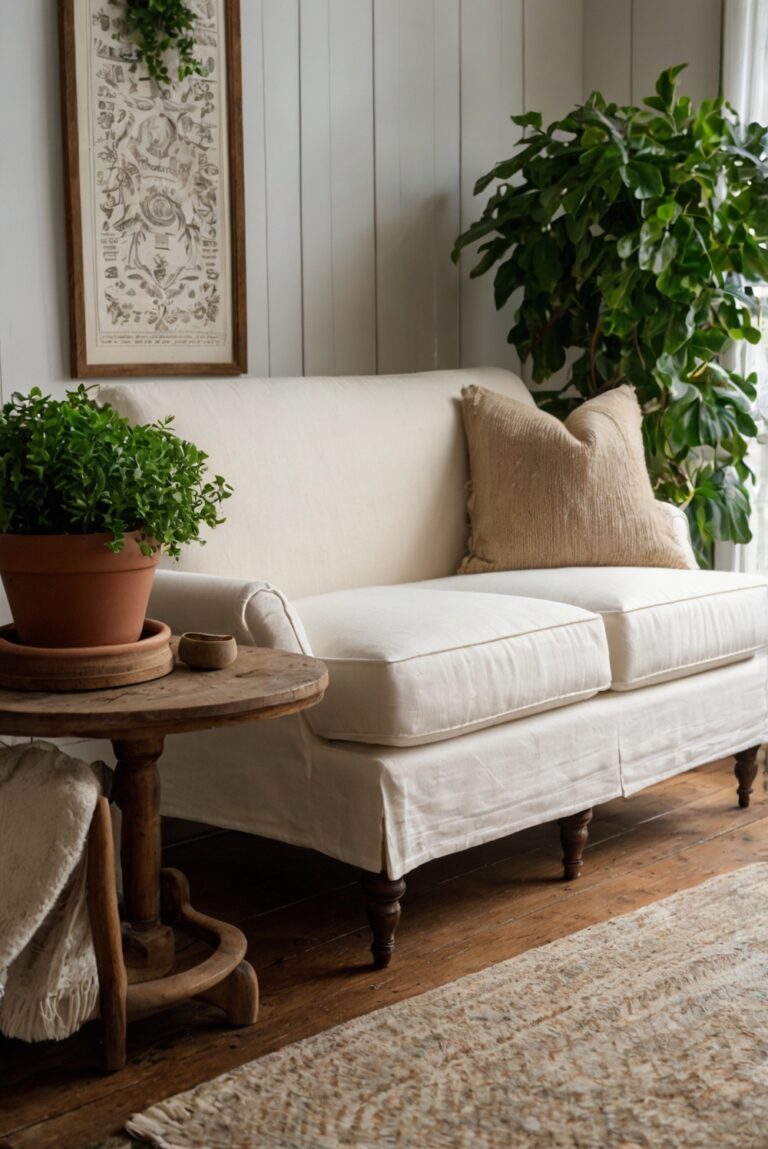Learn the best strategies on how to cleverly store toys in your living room as part of your daily interior designer routine to maintain an organized and stylish space.
How to Store Toys in the Living Room
As part of my daily routine in home decorating, I ensure that toys are organized in the living room to maintain a tidy space. Utilizing storage baskets, bins, or shelves can help declutter the area and provide easy access to toys for children. Implementing a designated play corner with child-friendly furniture also adds to the decor interior design aesthetic while keeping toys organized. Additionally, incorporating color-matching painting can make storage solutions blend seamlessly with the living room interior. Attention to interior space planning and design is essential for a harmonious living room layout.
1. Assess Your Space:
Before you start organizing your toys in the living room, it is crucial to assess the available space. Take note of the size of the room, available storage options, and any furniture that can be used for toy storage. Consider the layout of the room and how you can optimize the space to accommodate the toys while still maintaining a functional and aesthetically pleasing living area.
2. Declutter and Sort:
Begin by decluttering the toys in the living room. Sort through the toys and separate them into categories such as puzzles, stuffed animals, action figures, and building blocks. Get rid of any broken or unused toys to make room for the ones that are frequently played with. Consider donating toys that are no longer needed to free up space and reduce clutter.
3. Choose the Right Storage Solutions:
Select storage solutions that are both functional and visually appealing. Consider using baskets, bins, shelves, toy chests, or storage ottomans to keep the toys organized and easily accessible. Opt for storage options that can be easily integrated into the existing decor of the living room to maintain a cohesive look.
4. Create Designated Storage Areas:
Designate specific areas in the living room for different types of toys. For example, allocate a shelf for books and puzzles, a bin for stuffed animals, and a drawer for smaller toys. This will help keep the toys organized and make it easier for children to find and put away their toys after playtime.
5. Implement a Rotating Toy System:
To prevent toy overload and maintain a clutter-free living room, consider implementing a rotating toy system. Keep only a portion of the toys in the living room at a time and rotate them on a regular basis. Store the remaining toys in a separate storage area and switch them out periodically to keep playtime fresh and exciting.
In conclusion, organizing toys in the living room requires careful planning and consideration of the available space, storage solutions, and the needs of the children. By following these steps and implementing effective toy storage strategies, you can create a tidy and functional living room that is conducive to playtime and relaxation for the whole family.







